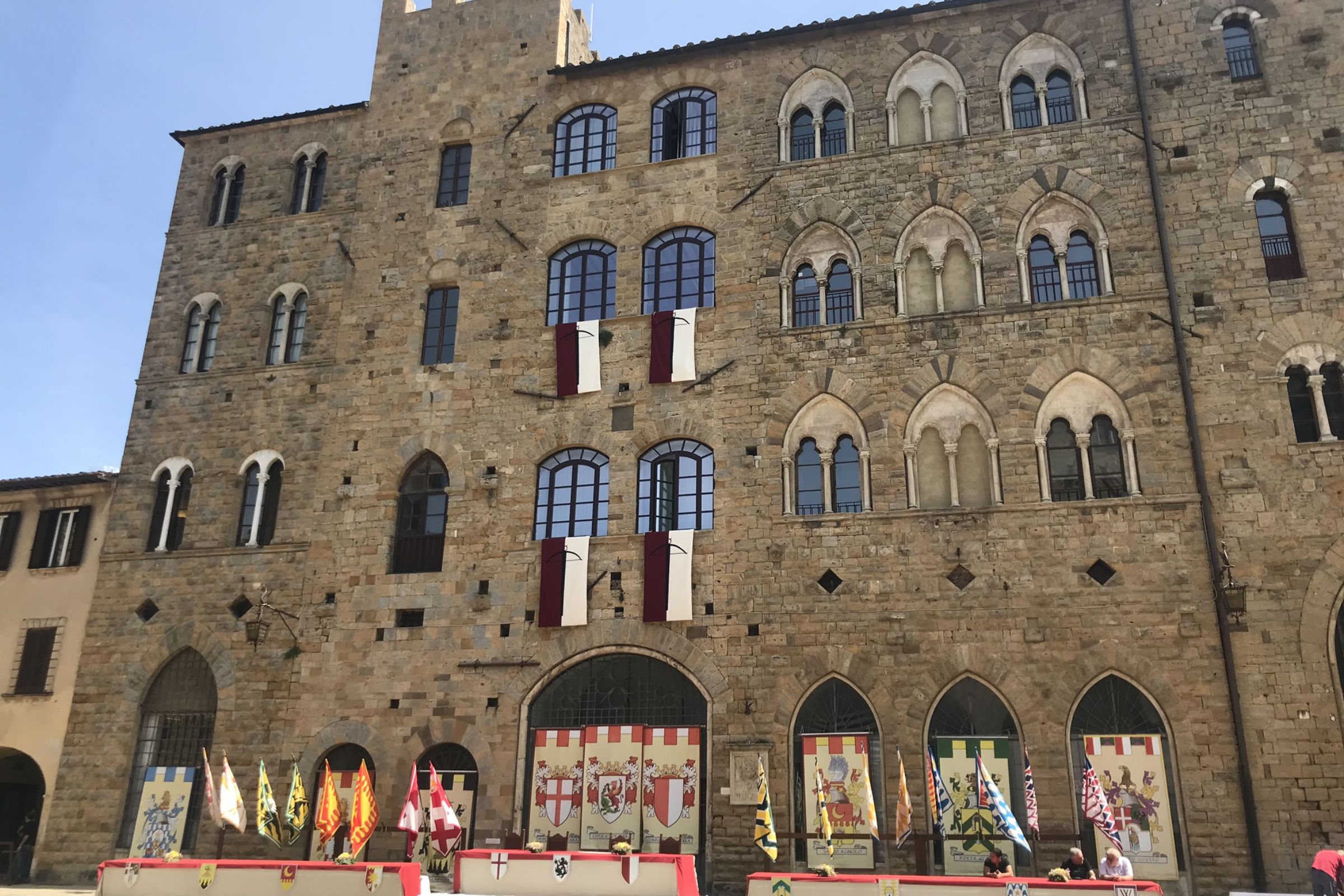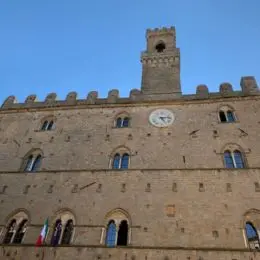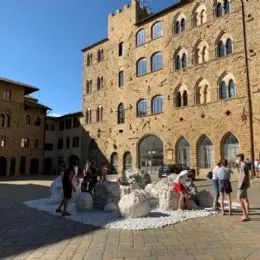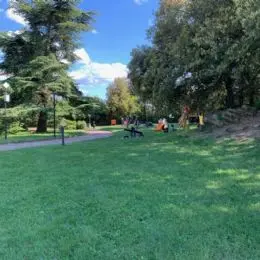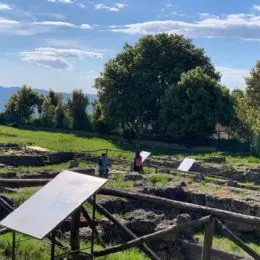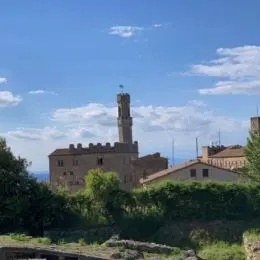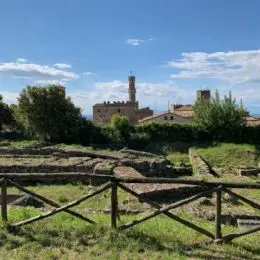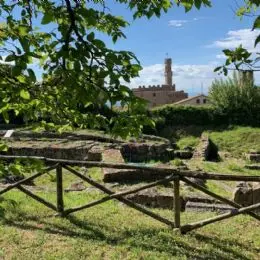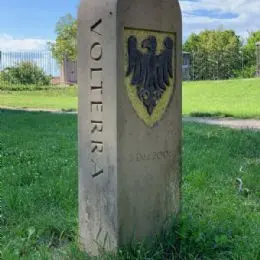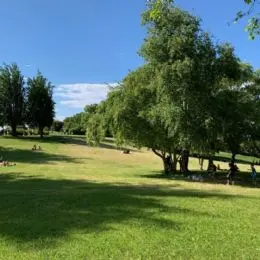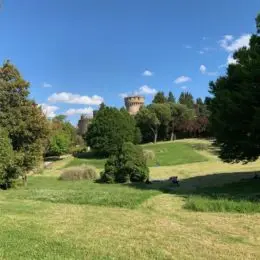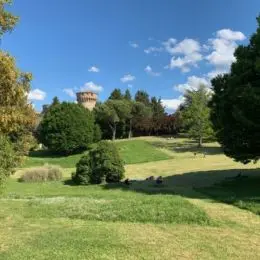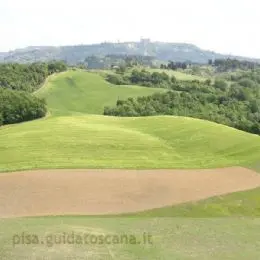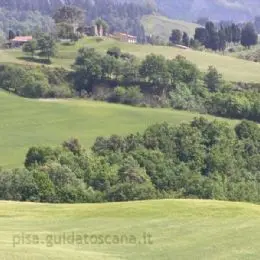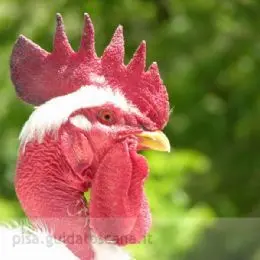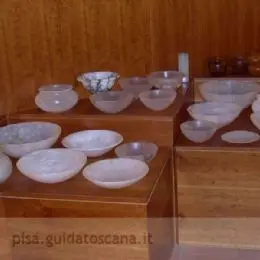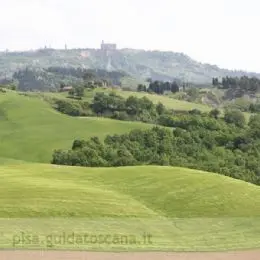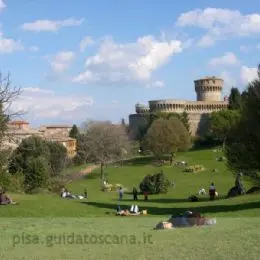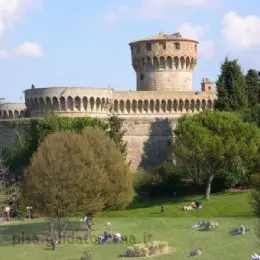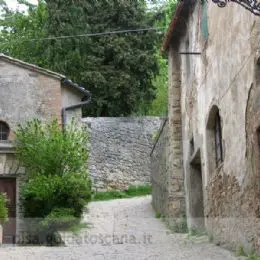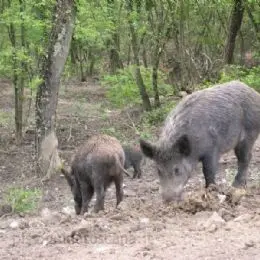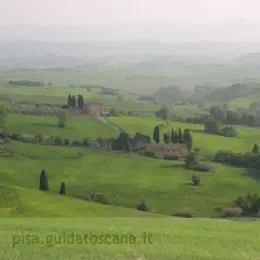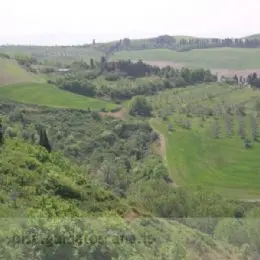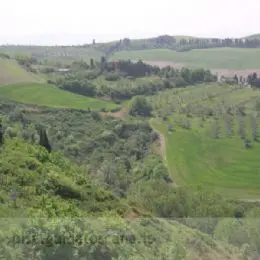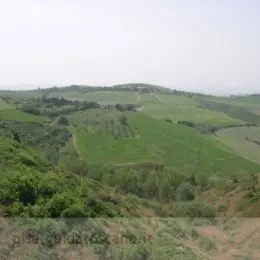Holidays in Volterra!
Volterra is located in the center of a mining area rich in alabaster and other minerals: the local workshops are famous for working Volterra alabaster and onyx . Founded with the name of Velathri , it was one of the main Etruscan centers belonging to the Dodecapoli, the Etruscan religious and cultural confederation. During the Early Middle Ages, it became a very important Lombard center, but following its fame for its mineral deposits, Volterra was practically annihilated by the Florentines who appropriated the mines and from 1360 they took control.
In those years many attempts at rebellion followed and in 1472 Lorenzo de 'Medici and the Duke of Urbino annihilated every vain attempt at independence with a terrible siege followed by a devastating sack.
Volterra, subjected to Florence, was unable to keep pace with commercial and technological innovations, thus transforming itself into a banal provincial center. The cobbled streets, the imposing walls and numerous typically medieval lanes remain intact, thus making it a city full of charm and history.
Visit Volterra, the streets, squares and buildings
The heart of the city of Volterra is Piazza dei Priori , completely surrounded by medieval buildings, including the oldest: Palazzo dei Priori , built between 1208 and 1257 which, it is said, perhaps served as a model for the construction of Palazzo Vecchio in Florence. The façade must certainly have been different from the one we see today, adorned with the coats of arms of the Florentine commissioners.
The tower must also have been made of wood, unlike the current one, which was rebuilt after the earthquake of 1846. From the top of the tower you can enjoy a magnificent view of the surrounding area.
Once inside the building, you can take a look at the Municipal Council room , located on the first floor. This room, used for council hearings since 1257, is characterized by a wonderful wall frescoed by Jacopo di Cione depicting the Annunciation , from 1383.
On the opposite side of the Palazzo dei Priori you can admire the Praetorian Palace , eclipsed by the Porcellino tower , named after the wild boar made of Volterra stone that protrudes above the last window of the tower.
Also in the square you can admire the Bishop's Palace , where the grain market was housed, and a series of tower-houses very similar to those of San Gimignano. Inside the Episcopal Palace there is a small Museum of sacred art , containing valuable works such as the Bust of San Lino, an enameled terracotta by Andrea Della Robbia, a reliquary made of silver and gold, a wooden tabernacle painted by Bartolomeo della Gatta and numerous other important works exhibited in three rooms.
The Cathedral and the Baptistery of Volterra
The Cathedral, also known as the Basilica of Santa Maria Assunta, was consecrated in 1120 and over the years has undergone numerous transformations: mainly in Romanesque style, and a small part in Pisan style with black and white striped marble cladding, typical of the 12th century. century.
Outside the Baptistery , the arches with the sculpted heads of Christ, the Madonna and the Apostles stand out. Inside, however, the holy water stoup is worthy of importance, built on an ancient funerary monument of Etruscan origin and a baptismal font dating back to 1502, made by Andrea Sansovino.
Inside the Cathedral, on the right aisle you arrive at the transept, on which opens the Chapel of the Deposition , on which the valuable group in polychrome wood stands out. Next to it is the Chapel of Sant'Ottaviano , where the body of the saint, patron saint of the city, is preserved.
The Volterra Picture Gallery
The Pinacoteca is set up inside the Palazzo Minucci-Solaini , near Piazza dei Priori.
Inside there are collections of the highest artistic value: a group of sculptures including a Romanesque capital made of Volterra alabaster, with some pagan symbols depicted, such as a two-tailed mermaid and Daniel in the lions' den.
The paintings, on the other hand, are mostly from the Sienese school: a polyptych depicting the Madonna and Child with saints , attributed to Taddeo di Bartolo, a large canvas depicting St. Nicholas of Tolentino, St. Peter and the prophet Isaiah.
Other paintings are from the Florentine school, with Renaissance masterpieces such as Christ in Glory, from 1492 and the Annunciation by Luca Signorelli. The most beautiful work of the Pinacoteca remains the extraordinary panel with the Deposition from the Cross , painted by Rosso Fiorentino in 1521, a masterpiece of mannerism.
The Guarnacci Etruscan Museum
It represents one of the most important archaeological museums on the Italian scene, with inside a series of local finds, including about 600 funerary urns : made of alabaster, tuff and terracotta with bas-reliefs on the sides representing the activities in use in the period, such as the wild boar hunting or the departure of the deceased to the Underworld. On the lids of the urns the bodies of the dead are depicted in an incredibly realistic way.
Other finds are exhibited on the top floor: the urn of the spouses , and numerous bronze sculptures.
Holidays in Volterra
